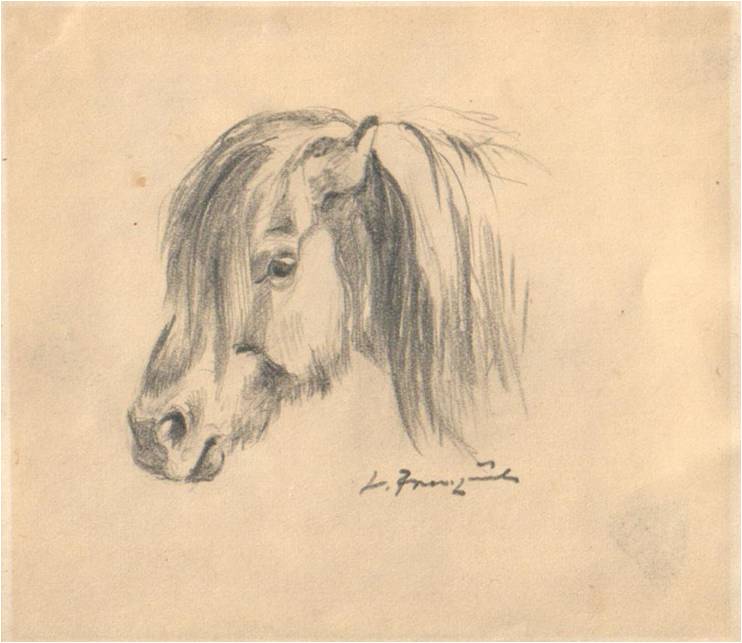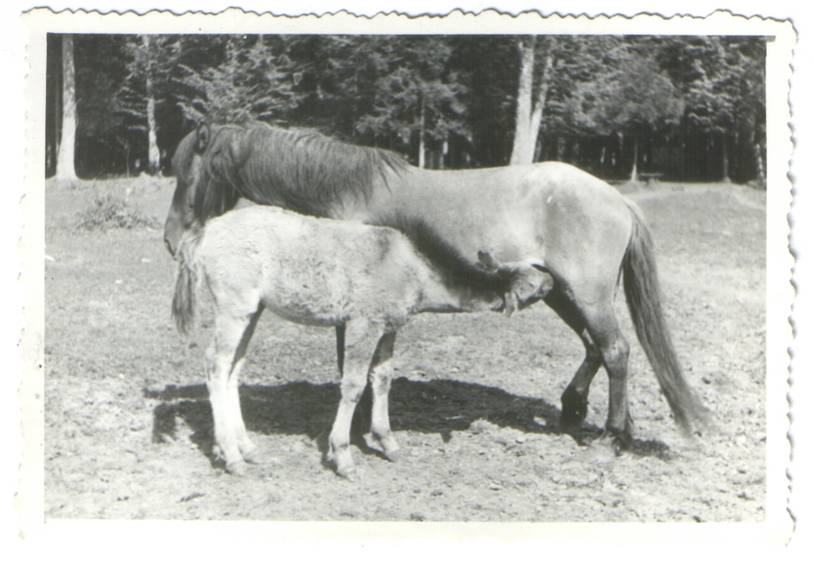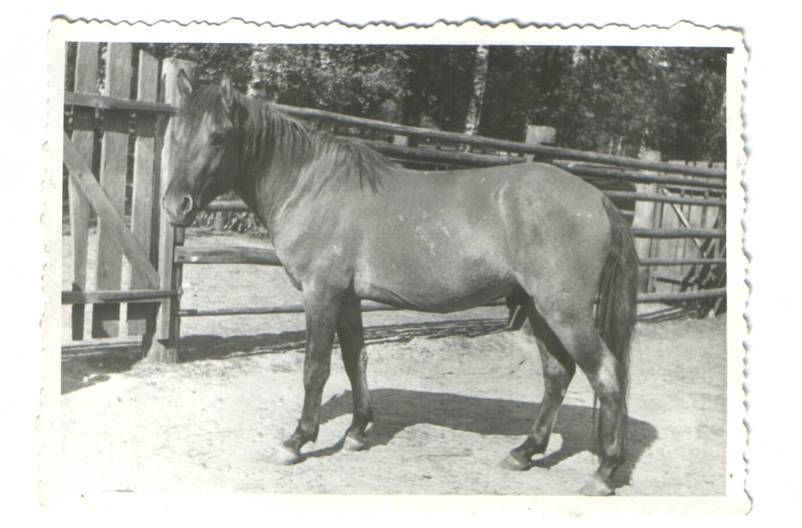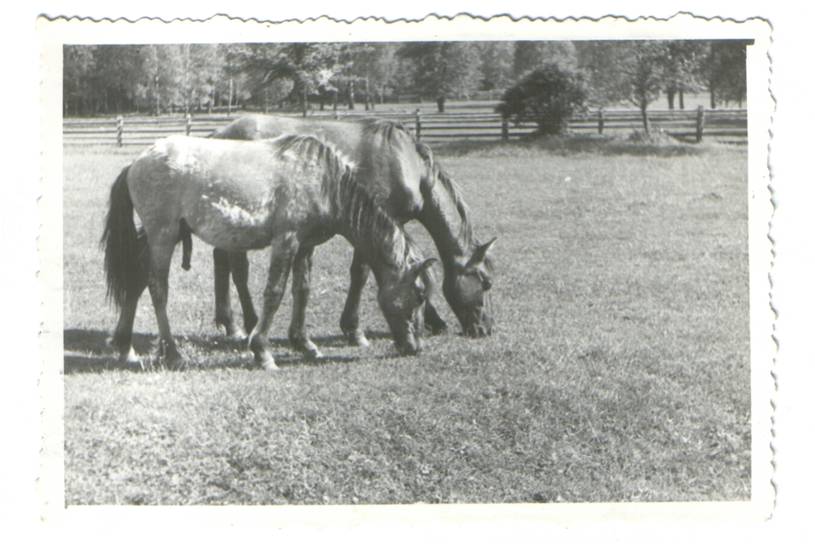- The ancestors of horses appeared ca 60 milions years ago (Tertiary (Eocen), America).
- 1 milion years ago the ancestors of today horses spread over the Eurasia.
- Fifty thousand years ago man hunted mammoths and wild horses (called tarpans).
- 5-6 thousand years ago starts the process of domestication of horses.
- War horses were employed in the Troian War (ca 1180 a. Ch.)
- Historians and chroniclers attest the presence of wild horses in Northern Europe (Pliny the Elder - first century, Krasinski (1574), Le Vasseur (1600-1673), Koźmian (1771-1856), Czapski (1874)). Two species of tarpans existed in Europe: steppe tarpans and forest tarpans.

- Wild horses were considered as game animals in medieval Poland. They were hunted to provide meat for the Polish-Lituanian army during the war against the Teutonic Order (1409-1410).
- Lithuanian warriors rode tarpan-like horses at the Battle of Tannenberg (Bitwa pod Grunwaldem) (1410).
- A statement in the so called "Lithuanian statute" of 1529 provides for the protection and preservation of wild horses (promulgated by the Zygmunt I the Old, King of Poland and Great Duc of Lithuania).
- After 1780 the last wild tarpans were captured in the Białowieża Forests and removed to a reserve park in Zwierzyniec in the Zamość region. Here they were maintained until env. 1812, when the Counts Zamojski decided because of the maintenance problems incurred to distribute the horses to peasants in the vicinity of Biłgoraj. THIS REPRESENTS THE LAST DOMESTICATION ACT OF WILD HORSES IN POLAND.

- XIX century: stable based breeding. The wild horse population is crossed with domesticated horses.
- Beginning of XX century: O. Antonius and L. Adametz undertake research on the origins of horses. Two students of prof. Adametz - J. Grabowski and S. Schuch - start investigating the population of primitive horses in the region of Bigoraj (1914). First publication - 1921.
- In the twentieth century the endangered population is saved from extinction. The initiator and main achiever of the restoration of the forest tarpan was Tadeusz Vetulani.



